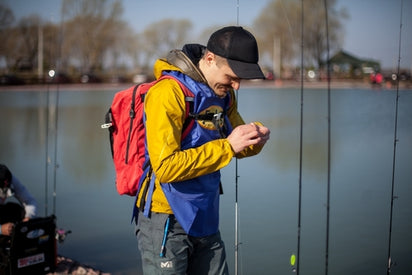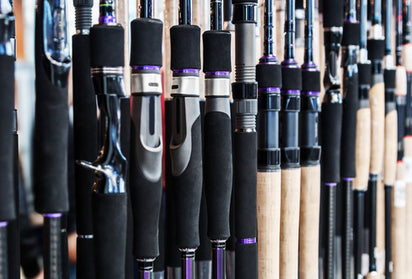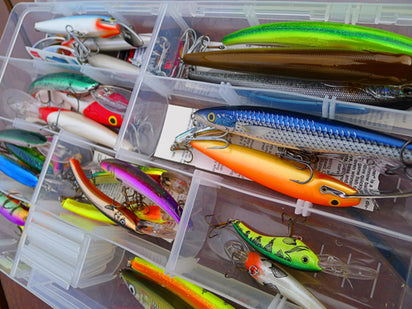Common Types of Fish Hooks and Their Uses
Common Types of Fish Hooks and Their Uses

If you’ve spent any time in a tackle shop, you’ll know that there are dozens, even hundreds of different fishing hooks. Each exists for a reason, and even the most bizarre designs come in handy from time to time. However, there are a few types of fishing hooks that every self-respecting angler should have in their tackle box. Here’s our short list.
Bait Holder Hooks
Bait holders do exactly what you’d expect: they make sure your bait doesn’t slip off the hook. They have barbs on the shank to hold bait in place, and a barbed point to latch onto any fish that bites it. Bait holders are extremely effective, but their barbs can cause a lot of damage along the way. They’re not the best choice if you’re planning to release your fish.
Worm Hooks
If you like fishing with plastic worms, you and worm hooks are probably old friends. The bend near the eye holds the “head” of the worm in place. The point pierces the body, waiting to latch onto unsuspecting fish. The rest of the lure hangs loose. This lets it move freely and naturally.
Jig Hooks
These guys are as simple as they are effective. The eye is set at a right angle to the shank to increase the lure’s movement in the water. Jig hooks can be easily adapted for catch and release by breaking off or filing down the barb on the point.
Circle Hooks
Circle hooks are the closest you can get to “fish-friendly” tackle. The point bends in towards the shank, which stops them from “deep hooking” a fish’s throat or gut. Instead, they catch in the corner of its mouth. Circle hooks take some getting used to. You need to wait until they lodge firmly in place before you the put pressure on or you’ll pull them right out of the fish’s mouth.
Weedless Hooks
Weedless hooks are a favorite of Bass anglers worldwide. They’re used in lakes and ponds, where you’re fishing among heavy vegetation. They have a thin guard that clips onto the point. This stops you from pulling out half the pond every time you retrieve. At the same time, it’s fixed on lightly enough that it will come off as soon as a fish takes your bait.
Treble Hooks
Planning to storm a castle or throw topwater lures? You’ll need some treble hooks. Triple the points means triple the chances of a hookup, as one of them will always be facing the right way. The problem with trebles is that they don’t tend to pierce very deeply. They can also be tricky to remove without accidentally hooking yourself in the process.
Siwash Hooks
A lot of anglers add siwash hooks to spinnerbaits or poppers in place of treble hooks, as they’re easier to remove and less harmful to the fish. Because of this, they come with an open eye for easy attachment. Siwashes have long shanks and points so that they hang naturally off your lure and don’t come out once they set.
Octopus Hooks
Whoever invented octopus hooks had one thing in mind: presenting small baits naturally. Their short, rounded shank cuts down both size and weight, while still leaving enough gape to hook larger fish. The point bends in slightly on an octopus hook, although not as much as on circle hooks.
Aberdeen Hooks
First used in the remote Salmon streams of northeast Scotland, Aberdeen hooks have been popular for as long as fishing has been a sport. Their light wire and long shank let you fix small live baits on securely without injuring them. This keeps them alive for as long as possible.
Kahle Hooks
Kahle hooks are on the opposite end of the scale to Aberdeens. With a super-wide gape and heavy build, they’re born for big baits and tough battles. Kahle hooks look similar to a circle hook, but the point doesn’t bend in towards the shank. Instead, it faces straight up to the eye, making them easier to set.
And Many, Many More
Honestly, we could spend all day listing different types of fishing hooks and we’d barely scratch the surface. This article covered the most important ones, and kept you off the water for long enough in the process!










